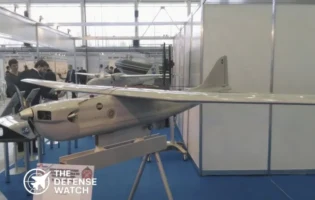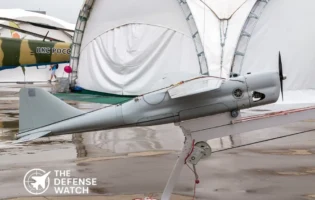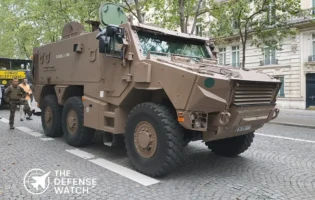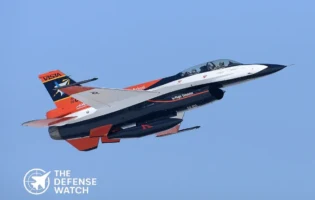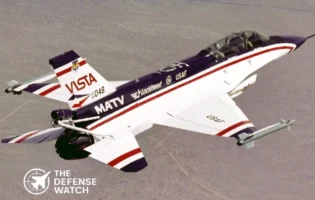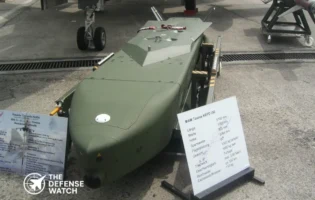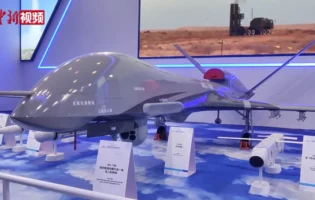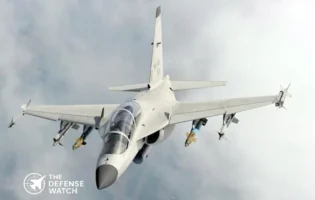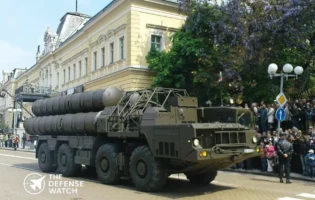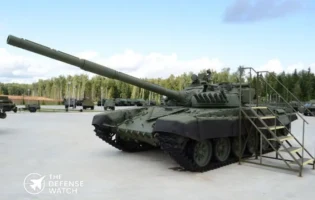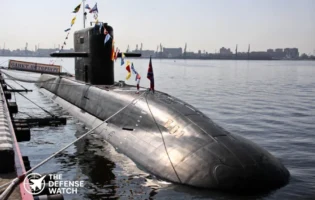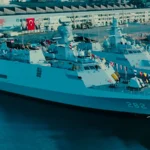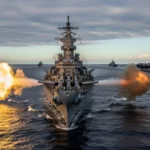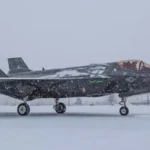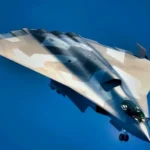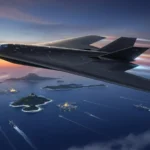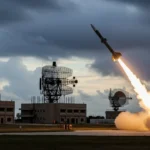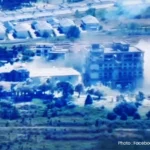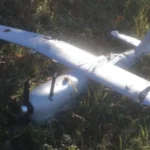- Home
- Catalog
- Fighter Jets
- FA-50 Golden Eagle Fighter Jet
FA-50 Golden Eagle Fighter Jet
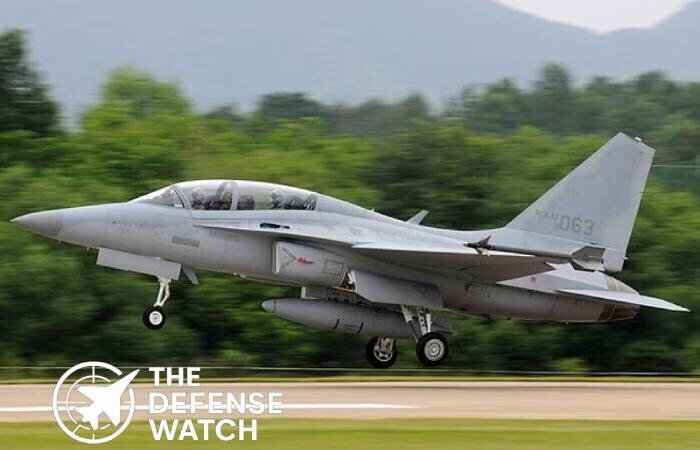


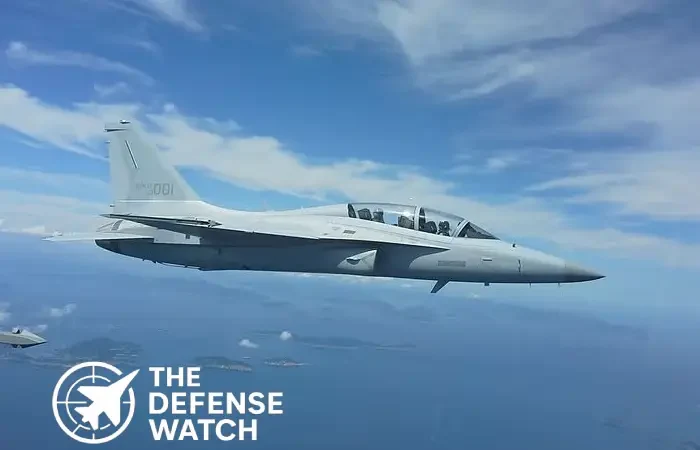
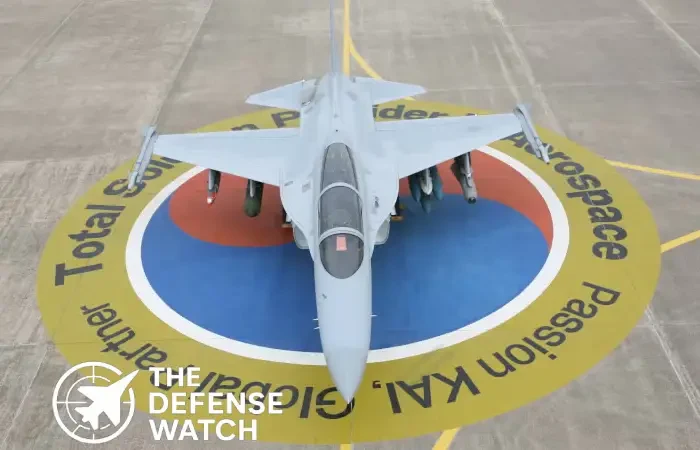
Full Specifications
General Information
| Name | FA-50 Golden Eagle |
| Manufacturer | Korea Aerospace Industries (KAI) & Lockheed Martin |
| Country of Origin | South Korea |
| Type / Role | Light multirole combat aircraft |
| Generation | 4+ |
| Status | In production and operational |
| First Flight | 2011 |
| Introduction / In Service Since | 2013 |
| Number Built | 60+ |
| Operators | South Korea, Philippines, Thailand, Poland |
Dimensions & Structure
| Length | 43.1 ft (13.1 m) |
| Wingspan | 31.2 ft (9.45 m) |
| Height | 16.7 ft (5.1 m) |
| Wing Area | 23.7 m² |
| Empty Weight | 6,470 kg |
| Maximum Takeoff Weight (MTOW) | 12,300 kg |
| Internal Weapons Bay | None |
| External Hardpoints | 7 |
Performance
| Maximum Speed | Mach 1.5 |
| Range | 1,850 km |
| Combat Radius | 480 km |
| Service Ceiling | 14,600 m |
| Rate of Climb | 198 m/s |
| Thrust-to-Weight Ratio | 0.96 |
| G Limits | +8.5 / -3 |
Powerplant
| Engine Type | General Electric F404-GE-102 turbofan |
| No. of Engines | 1 |
| Thrust (each) | 17,700 lbf |
| Thrust Vectoring | No |
| Fuel Capacity | ~2,655 liters internal |
Armament
| Gun | 20mm General Dynamics M61 Vulcan |
| Missiles (Air-to-Air) | AIM-9 Sidewinder |
| Missiles (Air-to-Ground) | AGM-65 Maverick |
| Bombs | JDAM, Paveway II, MK-82 |
| Hardpoints | 7 |
| Payload Capacity | 4,500 kg |
Avionics & Systems
| Radar | EL/M-2032 or AESA radar |
| Radar Range | 80–100 km |
| Electronic Warfare (EW) System | Integrated RWR/Chaff/Flare |
| Targeting System | LITENING Pod compatible |
| Helmet Display | Yes |
| Navigation | INS/GPS |
| Autopilot / AI Assistance | Digital autopilot |
| Communication | Secure UHF/VHF radios, data link |
Stealth & Technology
| Radar Cross Section (RCS) | Moderate (~1–2 m²) |
| Stealth Features | Minimal shaping, reduced frontal signature |
| Infrared Signature Reduction | Basic exhaust management |
| Sensor Fusion | Limited |
| Networking Capabilities | Link-16 compatible |
Variants
| Special Export Versions | FA-50PL (Poland), FA-50PH (Philippines), FA-50TH (Thailand), FA-50ID (Indonesia – proposed) |
Operational History
| Major Conflicts / Deployments | Counterinsurgency and maritime patrols (Philippines) |
| Notable Operators | ROKAF, PAF, RTAF, Polish Air Force |
| Combat Proven? | Yes |
| Mission Types | Air defense, ground attack, maritime strike, training |
Cost & Program
| Unit Cost | ~$30–35 million |
| Development Cost | ~$2 billion |
| Program Name | T-50/FA-50 Golden Eagle |
| Funding Countries | South Korea, United States (Lockheed partnership) |
Additional Information
| Upgrades Planned | Aerial refueling, AESA radar, EW enhancements |
| Future Replacement | KF-21 Boramae (partial) |
| Export Restrictions | U.S. ITAR-compliant |
| Notable Achievements | First supersonic jet developed by South Korea |
| Competitors | JF-17 Thunder, LCA Tejas, M-346FA, Gripen C/D |
PROS
- Cost-effective multirole platform
- Proven U.S.-compatible avionics and weapons
- AESA radar and precision strike capability
- Excellent training-to-combat transition design
- Easy maintenance and high sortie rate
CONS
- Limited range and payload
- Lacks stealth shaping
- Single-engine design limits redundancy
- No supercruise or thrust vectoring
- Restricted in high-intensity combat roles
FA-50 Golden Eagle: South Korea’s Agile Light Fighter
Developed jointly by Korea Aerospace Industries (KAI) and Lockheed Martin, the FA-50 Golden Eagle Fighter Jet represents South Korea’s success in building a cost-effective, multirole light fighter. Designed as an advanced derivative of the T-50 supersonic trainer, the FA-50 bridges the gap between lead-in fighter training and frontline combat operations.
Design and Capabilities
The FA-50 features a single General Electric F404-GE-102 turbofan engine, capable of pushing the jet to Mach 1.5 with a combat radius of 300 miles. Compact yet capable, the aircraft carries modern avionics and AESA radar, supporting precision-guided munitions and beyond-visual-range missiles. Its glass cockpit and digital fly-by-wire controls mirror those of fourth-generation fighters, ensuring pilot familiarity and combat readiness.
Armed with an internal 20mm cannon, the FA-50 can carry AIM-9 Sidewinders, AGM-65 Mavericks, and laser-guided or GPS-guided bombs across seven hardpoints. Its versatility allows roles in air defense, strike missions, and reconnaissance.
Operational Use and Global Reach
Since entering service in 2013, the FA-50 has been adopted by South Korea, the Philippines, Thailand, and Poland, with more nations considering it as an affordable alternative to heavier fighters like the F-16. The aircraft’s proven reliability, low operating cost, and strong U.S. integration make it particularly appealing for allied nations seeking interoperability with Western systems.
Variants
| Field | Example |
|---|---|
| TA-50 | Lead-in fighter trainer variant |
| FA-50 | Standard multirole light combat version |
| FA-50 Block 10 | Baseline model used by South Korea and the Philippines |
| FA-50 Block 20 | Upgraded version with AESA radar, aerial refueling, and improved EW suite |
| FA-50PL (Poland) | NATO-standard export version with enhanced communications and IFF |
| FA-50PH (Philippines) | Customized export variant optimized for maritime strike |
| FA-50TH (Thailand) | Export model for Royal Thai Air Force with localized avionics support |
| Special Export Versions | FA-50PL (Poland), FA-50PH (Philippines), FA-50TH (Thailand), FA-50ID (Indonesia – proposed) |
Reviews
Disclaimer Note
The information provided on TheDefenseWatch.com is for general informational purposes only. While we strive to ensure the accuracy, completeness, and timeliness of our content regarding defense and aerospace products, technologies, and specifications, we cannot guarantee that all information is 100% accurate or up-to-date due to the evolving nature of military technology and classified data. TheDefenseWatch.com does not warrant the reliability, suitability, or availability of the information for any specific purpose. Users are advised to consult official sources, such as manufacturers, government publications, or defense agencies, for precise and verified data before making decisions based on our content. We are not affiliated with any defense manufacturers, governments, or military organizations mentioned. Opinions, reviews, and ratings reflect expert analysis but are subjective and should not be considered endorsements. TheDefenseWatch.com is not responsible for any errors, omissions, or consequences arising from the use of this website’s content. External links are provided for convenience and do not imply endorsement. TheDefenseWatch.com reserves the right to update or modify content without prior notice. By using this website, you agree to our Privacy & Cookies Policy.



